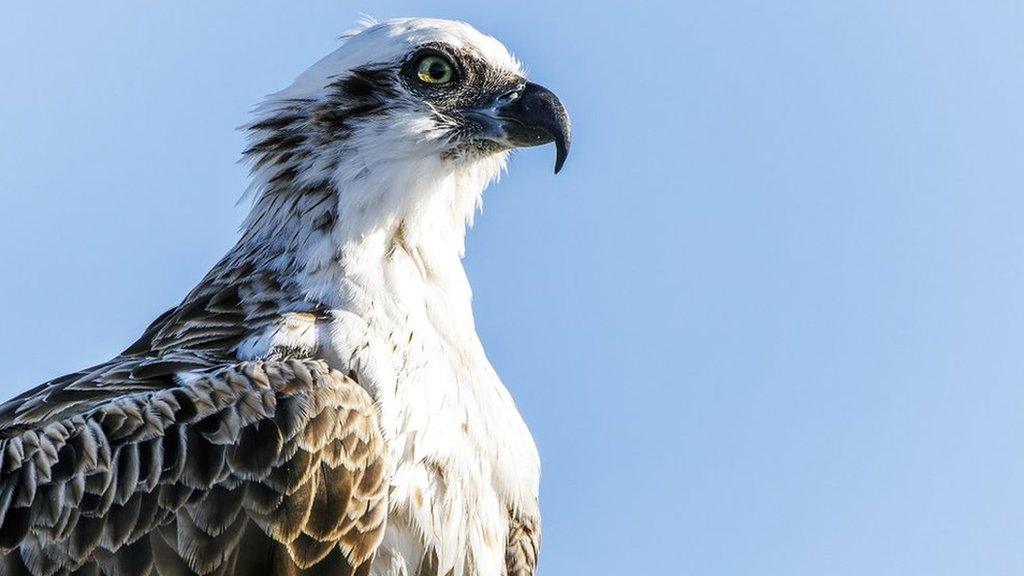Birds of prey: 90% of Africa's raptors are under threat
- Published
- comments
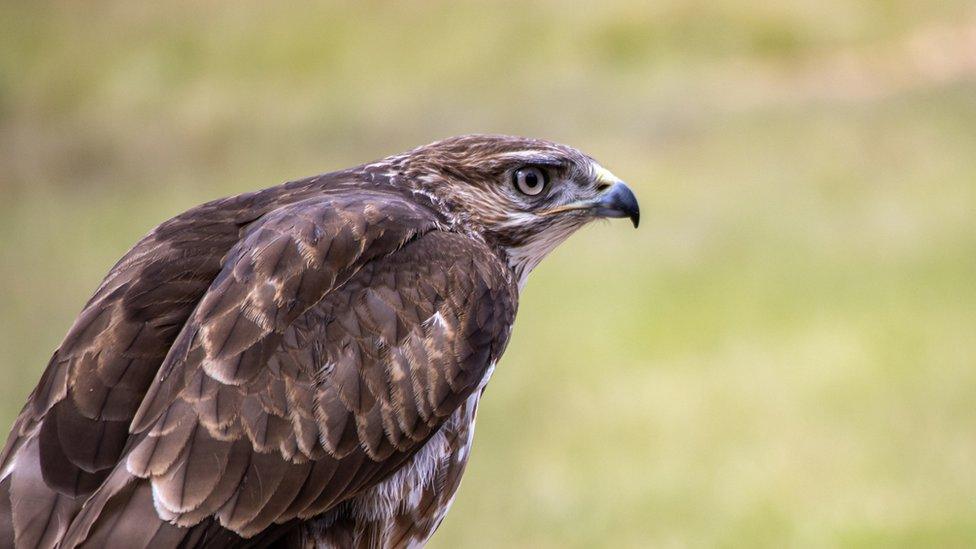
Research has found Africa's birds of prey are facing a huge decline, with 90% of the continent's species under threat.
The birds of prey, also known as raptors, have seen their habitat, food and breeding sites reduce in unprotected land.
They also face major threats from ivory poachers and farmers according to researchers from the University of St Andrews and the Peregrine Fund.
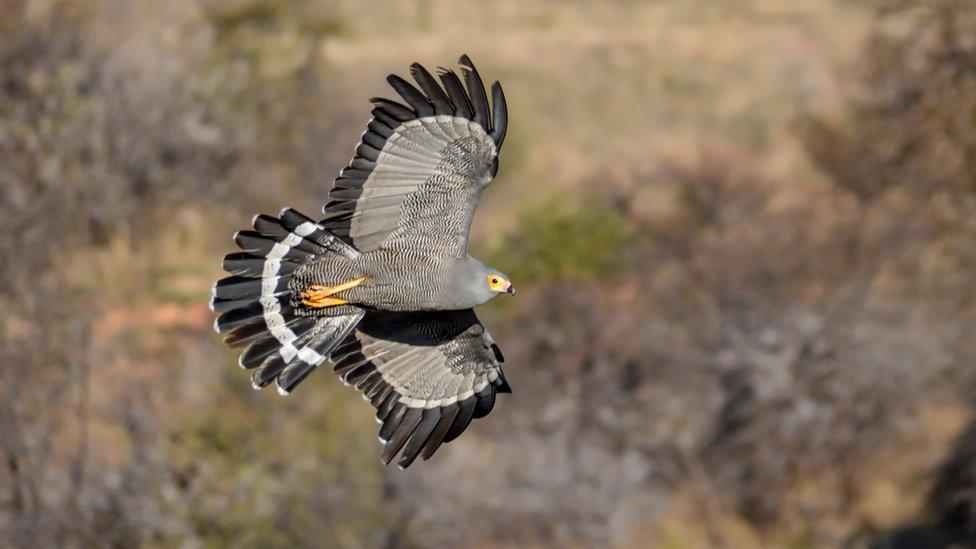
The African harrier-hawk
Nearly 90% of 42 species are in decline and more than two-thirds may be globally threatened according to a report published in Nature Ecology and Evolution.
The team at University of St Andrews and the Peregrine Fund looked at road surveys from four African regions at intervals of about 20 to 40 years.
They found large raptor species had a sharp decline on unprotected land which the study found is because of the human pressures they faced. It warned eagles and vultures were unlikely to survive the 21st Century on unprotected land.
Dr Phil Shaw from the study said: "Since the 1970s, extensive areas of forest and savanna have been converted into farmland, while other pressures affecting African raptors have likewise intensified."
With the human population projected to double in the next 35 years, the need to extend Africa's protected area network...is now greater than ever.
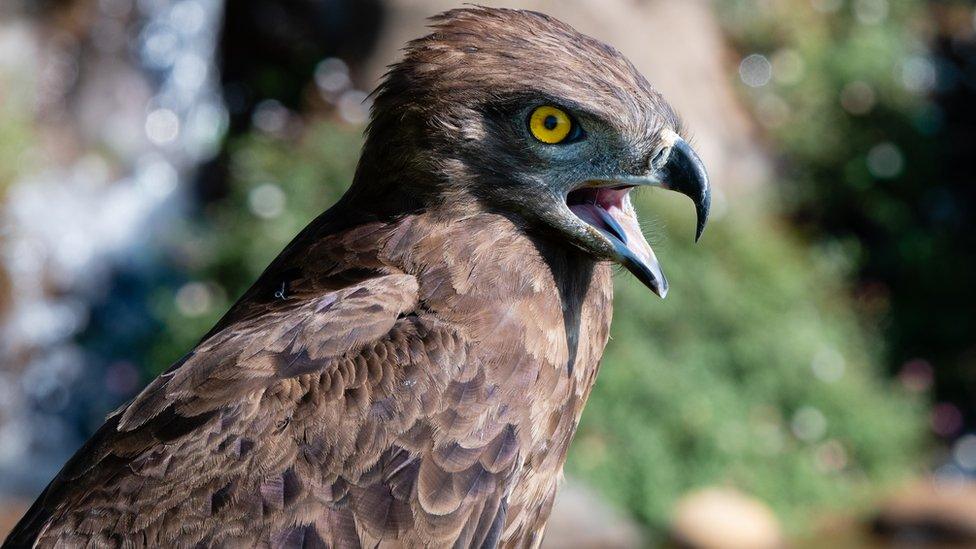
The number of brown snake eagles are declining
The data shows birds including African hawk-eagle, Long-crested eagle, African harrier-hawk and brown snake eagle declined at rates which could suggest they are now globally threatened.
The study highlights the decline in predatory birds and shows that there are many threats to the birds, many of which are caused by humans.
Bird expert, Ian Newton, said: "The causes of the declines are many: from habitat destruction to growing use of poisons by farmers and poachers and expanding powerline networks - all ultimately due to expansions in human numbers, livestock grazing and other activities."
It's hoped more research and conservation will be done to help protected these birds of prey.
- Published26 June 2022
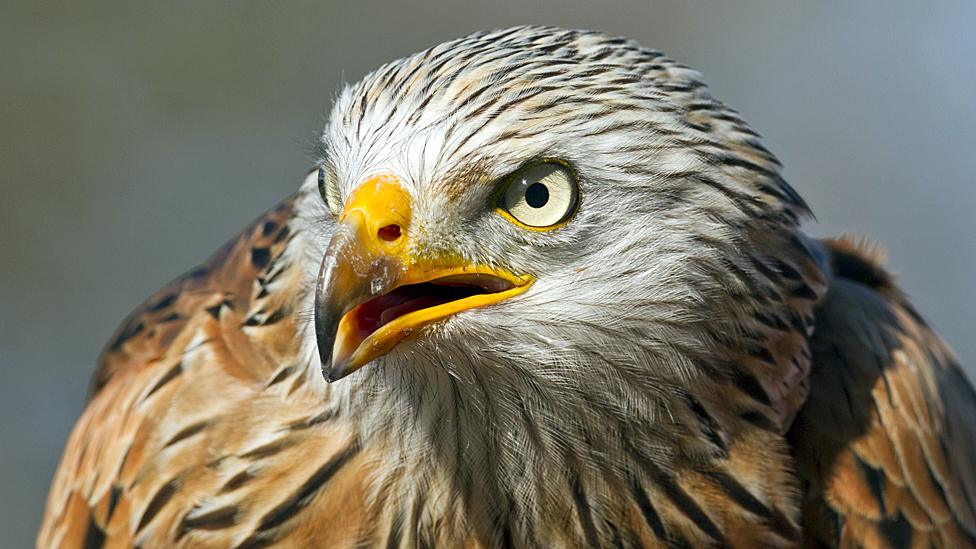
- Published7 September 2023
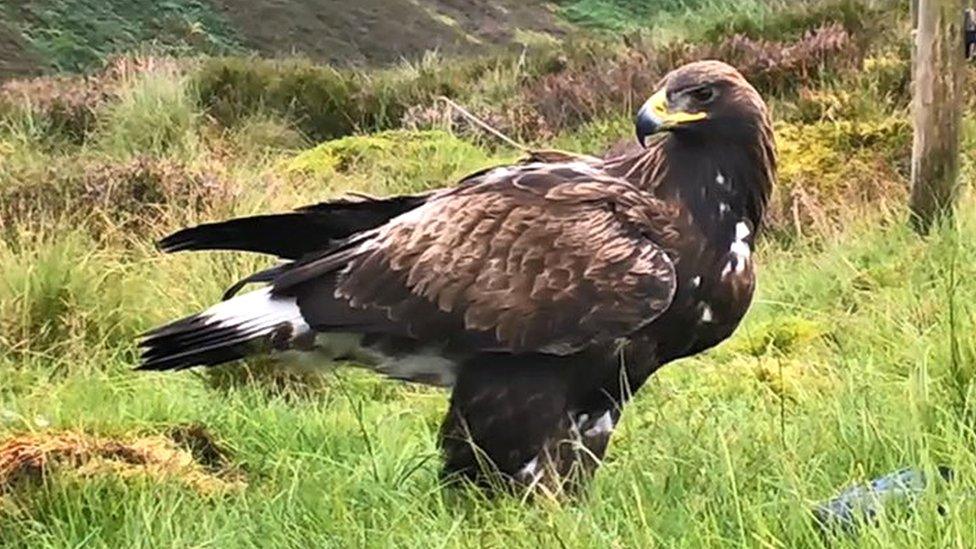
- Published25 August 2023
